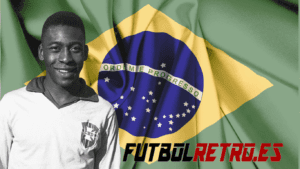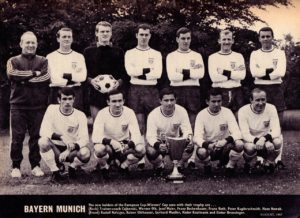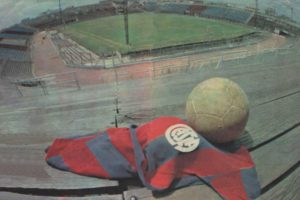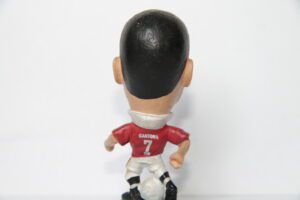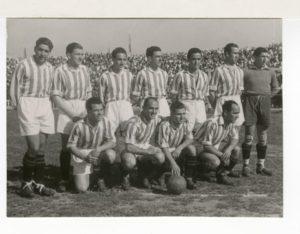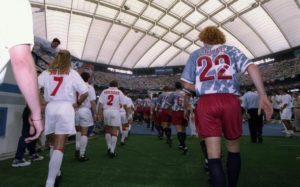The year of the consecration of Di Stéfano
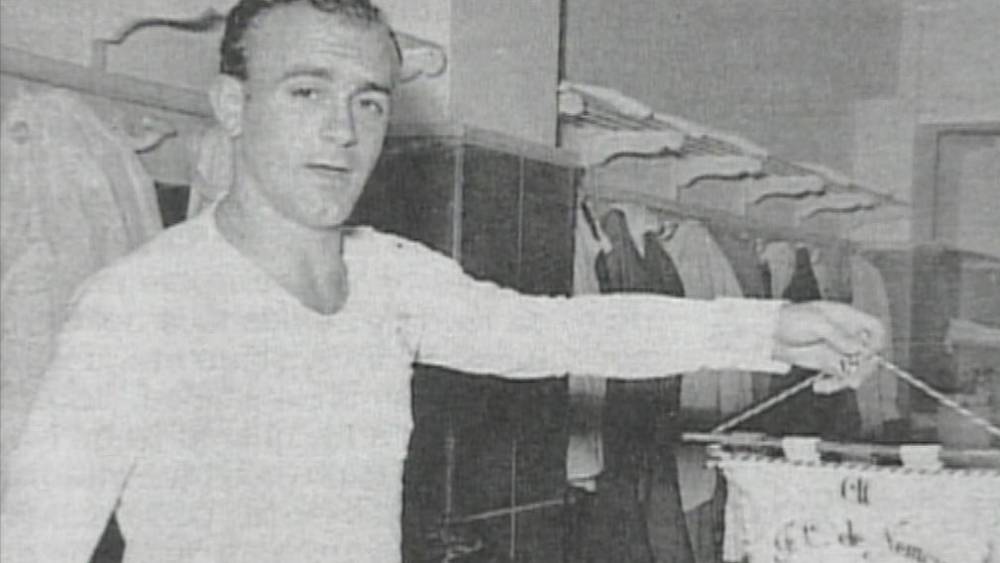
Last updated June 29, 2021 by colgadosporelfutbol
Considered one of the five best footballers of all time, Alfredo Di Stéfano was born in 1926 in Buenos Aires in the bosom of a family of Italian origin. In 1944 began his career in the lower categories of River Plate where he remained until playing his first game with the first team in 1945 in front of Hurricane, in that tournament he only intervened in that match but River ended up proclaiming himself champion.
The following season he was loaned precisely to Huracán, club that had already seen its enormous potential and in the day 4 scored his first professional goal. In total he played 25 games scoring 10 goals. At the end of the year, Hurricane could not cope with the high demands that were asked to get his final pass so he returned to River to replace nothing more and nothing less than Adolfo Pedernera, one of the top scorers in the history of the Argentine team.
It was that season of 1947 the year of his consecration as a footballer that made him a local idol. That season he managed to win the league title by taking six points from his immediate pursuer, who was Boca Juniors and winning the trophy for the top scorer with 27 goals in 30 matches, almost a third of the goals of his team that concluded the course with ninety goals in favor.
That year he also made his debut with the Argentine national team and again winning, in this case the South American Championship, current Copa America, and making the albiceleste the first and only three-time champion to date, Conmebol already considers the results valid despite the disorganization that prevailed at the time. Di Stéfano finished the championship with six goals in six games, it was his greatest achievement at the national level.
Visit this page to get bonuses and thus multiply your chances of hitting your predictions for the Copa América and other continental competitions.
Also that year he was again decisive in the final of the former Aldao Cup, scoring a goal in the final against Nacional de Montevideo to crown River for the fifth and last time of this trophy.. It is also noteworthy that he scored his first hat-trick in a win by 5 a 1 in front of Tigre.
The footballers' strike marked the end of his career in River and thus in 1949 he left his native country, also partly attracted by the good salaries that were paid, to sign for the Colombian Millionaires, in a league that at the time had the best footballers on the continent. In four seasons in Colombian soccer he scored more than 90 goals in total, and it was curiously in an invitation tournament by Real Madrid where it became known in Europe.
His team precisely defeated the white club by 4 goals 2 and again Di Stéfano was one of the most prominent of the match, Santiago Bernabéu thus began to gestate his signing.
His arrival at the white club did nothing more than confirm his excellence as a footballer and give him a place at the top of the world of sport. His history in Madrid is already well known. Winner of 5 Consecutive European Cups, eight leagues and a Generalissimo Cup. To which must be added two Ballons d'Or and 308 goals that make him the third top scorer in the history of Real Madrid, just behind Raúl and Cristiano Ronaldo. He is also the only player in history who has a Super Ballon d'Or in his showcases..

